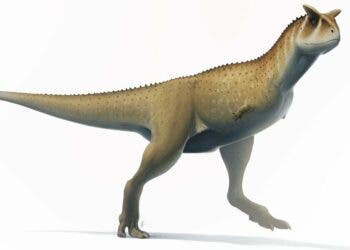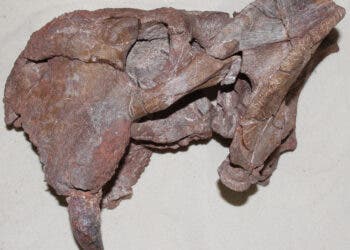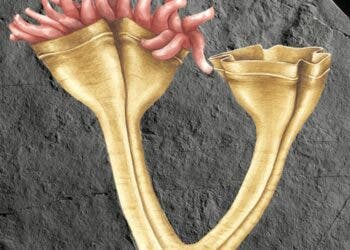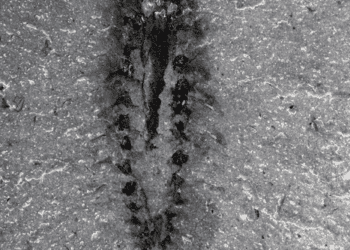Researchers at the Chinese Academy of Sciences have uncovered a spectacularly well-preserved fossil of an extinct Chinese owl. A study of its six-million-year-old eye bones reveals that the animal was active during the day, not at night.

The specimen was found in rocks dating to the late Miocene Epoch, between 23 and 5.3 million years ago in the Linxia Basin of China’s Gansu province, at the edge of the Tibetan Plateau.
Day owl
As far as fossils go, this discovery is quite spectacular: the specimen consists of an almost intact fossil skeleton, ranging from the top of the owl’s skull to the tips of its wings and feet to its tail bone. Some rarely-seen body parts in fossils, such as the bones of the bird’s tongue apparatus (the ‘hyoid’), its trachea, kneecaps, tendons in the wings and legs, even remnants of the last thing it ate (a small mammal) were also beautifully preserved. One of the most striking elements of the fossil are its preserved eye bones, which allowed researchers to determine the levels of light in which this animal preferred to hunt — in other words, if it hunted at night or during the day.
“It is the amazing preservation of the bones of the eye in this fossil skull that allows us to see that this owl preferred the day and not the night,” said Dr. Li Zhiheng from the Institute of Vertebrate Paleontology and Paleoanthropology (IVPP) of the Chinese Academy of Sciences, first author of the study.
The team christened the species Miosurnia diurna. The name references a close living relative of this fossil species, the Northern Hawk Owl (Surnia ulula). The fossil owl was determined to belong to the owl group Surniini, which is represented globally, from the features of its skull and skeleton. Chief of these is a large bump on its cheekbone just behind the eye. While most owls are night-hunting predators, Surniini owls, including the Northern Hawk Owl and certain species of pygmy owls, have evolved over millions of years as diurnal (day) predators.
The eye bones in question are called scleral ossicles, and they form rings around the pupil and iris in the eye. Nocturnal animals rely on much larger eyes — and scleral ossicles — to capture every little bit of available light. Diurnal animals, meanwhile, can get away with smaller eyes and pupils. The team measured the 16 individual scleral ossicles and rebuilt the overall size and shape of the ring around the pupil to determine whether Miosurnia diurna was a night-hunter or a day bird.
“It was a bit like playing with Lego blocks, just digitally,” said paper co-author Dr. Thomas Stidham.
After the reconstruction, the team carried out statistical analyses with other known scleral ossicles from 55 species of reptiles and more than 360 species of birds. This led them to determine that the bones most closely resemble those of living owls in the Surniini group, which are largely diurnal.
They then used the avian family tree and behavior data from existant bird species to piece together where this owl fit in the tree of life. They report that while the ancestor of all owls today was almost certainly nocturnal, the ancestor of the Surniini was diurnal.
“This fossil skeleton turns what we thought we knew about the evolution of owls on its head,” said Dr. Li.
The paper “Early evolution of diurnal habits in owls (Aves, Strigiformes) documented by a new and exquisitely preserved Miocene owl fossil from China” has been published in the journal Proceedings of the National Academy of Sciences.






